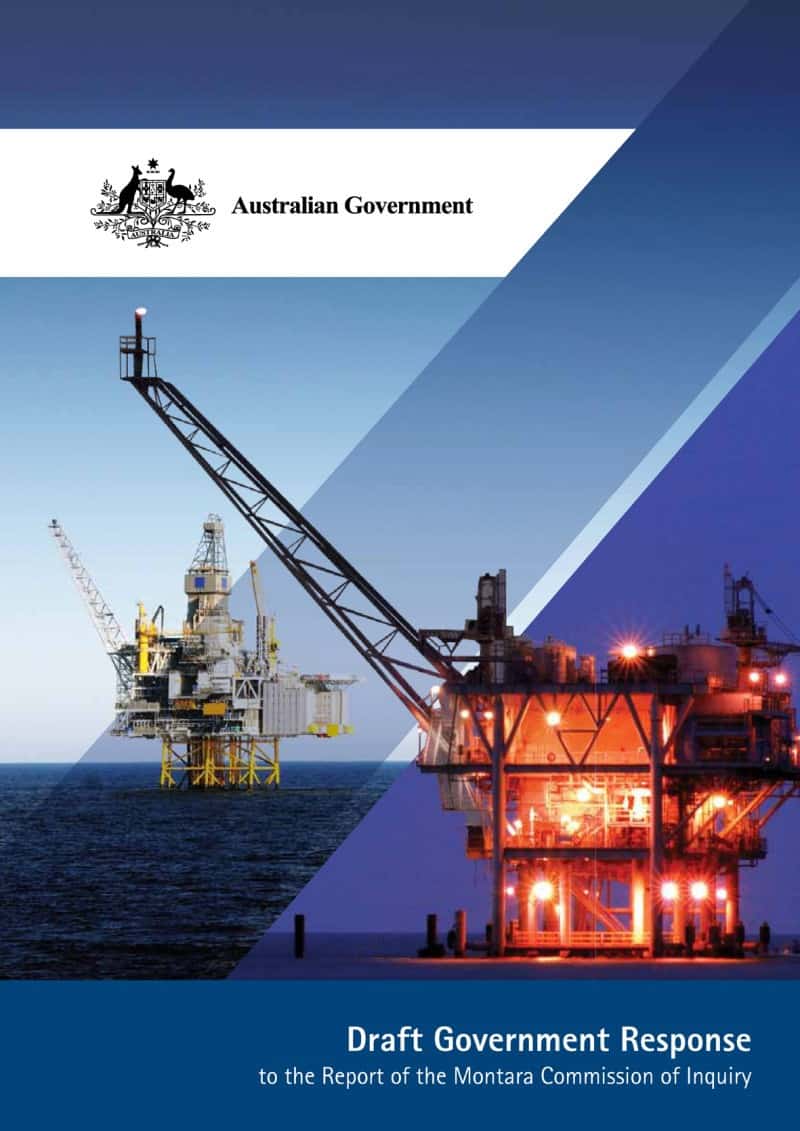Workplace incidents and injuries often occur as a result of inadequate resourcing in staff and time but few OHS consultants are comfortable recommending to clients that additional staff are required or that shifts should be reconfigured or, possibly, that a certain business activity (or the business itself) should be cancelled. Yet identifying the “root cause” and eliminating the hazard is the aim of the safety profession and, sometimes, a legislative obligation.
A blog article from the National Institute of Occupational Safety & Health in the United States illustrates many of these issues. In a post entitled “Assaults on Nursing Assistants” unacceptable levels of assault and biting were experienced by aged-care nurses in one survey sample. But the blog not only reported the research results, it recommended some control measures:
“Improving staffing levels may reduce the risk of assault by reducing workload demands and allowing staff more time to spend with each resident and avoiding the need to rush care.” (emphasis added)
These seem sensible control measures in this work situation but will any business really take the recommended actions based solely on safety concerns? Continue reading “Looking at the root causes of workplace violence”


